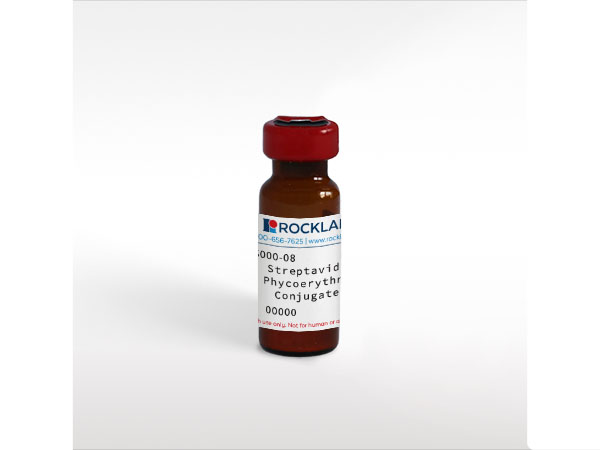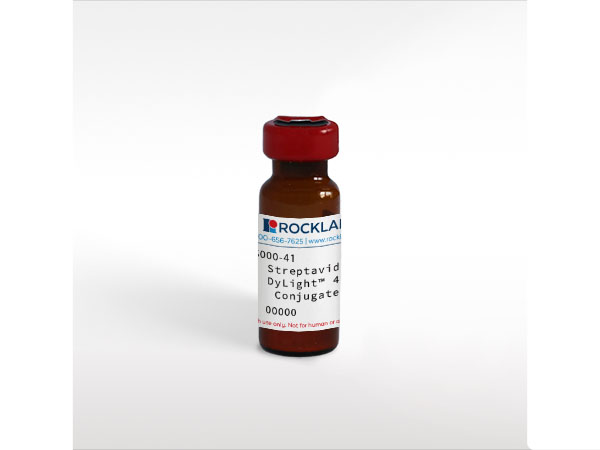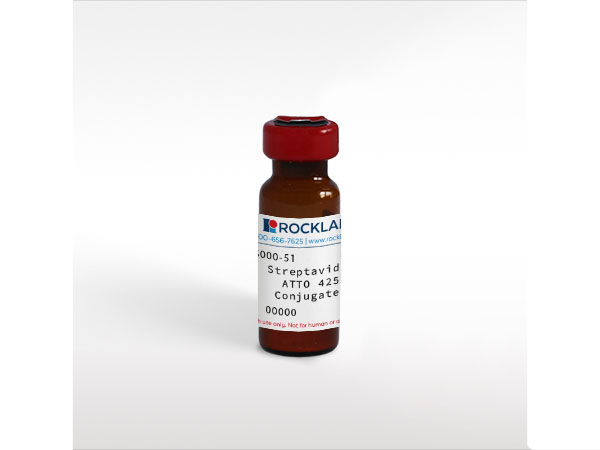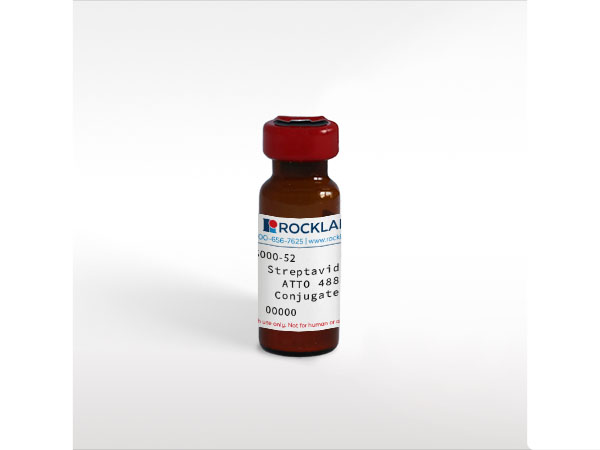Streptavidin Phycoerythrin Conjugated
$50.00 to US & $70.00 to Canada for most products. Final costs are calculated at checkout.
Background
Streptavidin is a bacterial protein (from Streptomyces avidinii) that has an exceptionally high binding affinity for biotin (B7). Streptavidin-biotin binding is one of the strongest known non-covalent interactions and is highly resistant to many conditions that would typically cause dissociation (such as organic solvents, denaturants, detergents, and extreme temperatures or pH). Streptavidin's affinity for biotin can be employed in a variety of experimental uses, from purifications to standards, to means of detection or pull down experiments. Phycoerythrin (PE) is a red-pigmented protein found in cyanobacteria and red algae. Phycoerythrin absorbs light blue-green/yellow light and emits lightly orange/yellow light.
Product Details
Target Details
Application Details
Formulation
Shipping & Handling
This product is for research use only and is not intended for therapeutic or diagnostic applications. Please contact a technical service representative for more information. All products of animal origin manufactured by Rockland Immunochemicals are derived from starting materials of North American origin. Collection was performed in United States Department of Agriculture (USDA) inspected facilities and all materials have been inspected and certified to be free of disease and suitable for exportation. All properties listed are typical characteristics and are not specifications. All suggestions and data are offered in good faith but without guarantee as conditions and methods of use of our products are beyond our control. All claims must be made within 30 days following the date of delivery. The prospective user must determine the suitability of our materials before adopting them on a commercial scale. Suggested uses of our products are not recommendations to use our products in violation of any patent or as a license under any patent of Rockland Immunochemicals, Inc. If you require a commercial license to use this material and do not have one, then return this material, unopened to: Rockland Inc., P.O. BOX 5199, Limerick, Pennsylvania, USA.
